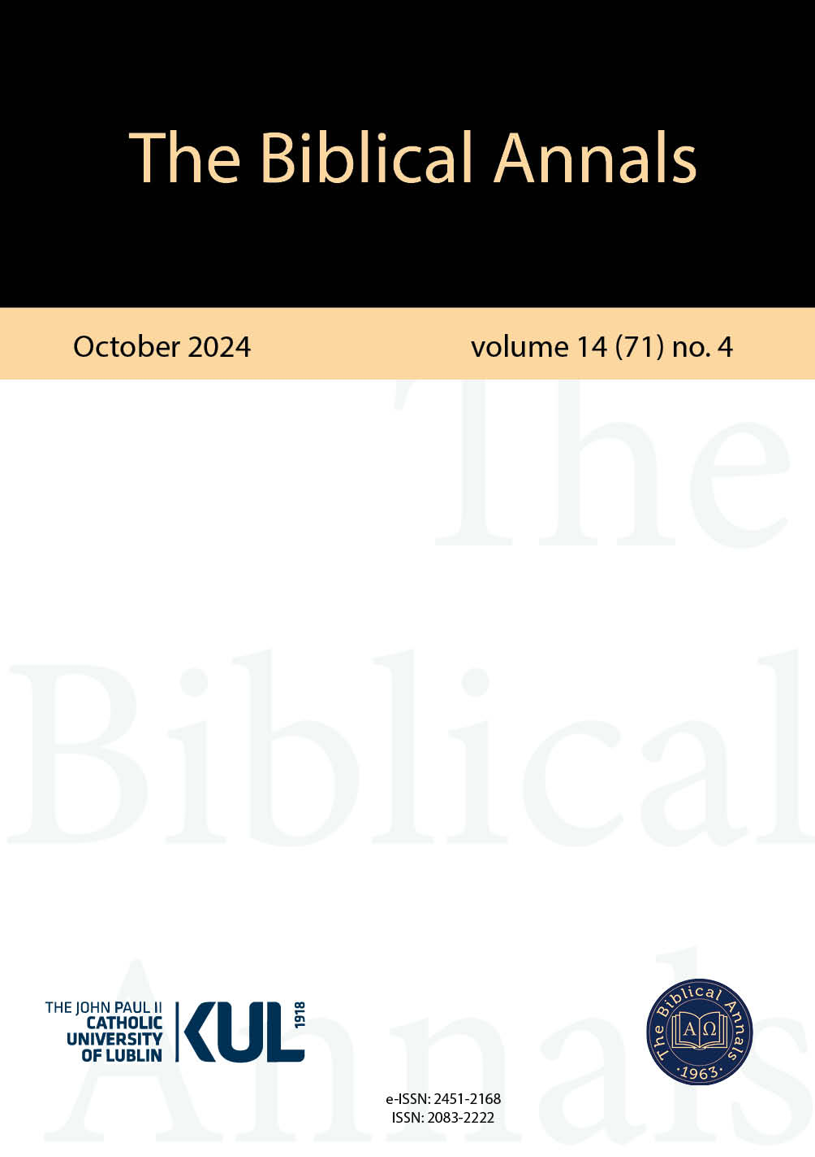Making Sense of Fragmentary Qumran Aramaic Texts. Two Case Studies on Contradictory Grammatical vs. Content or Genre Considerations
Making Sense of Fragmentary Qumran Aramaic Texts. Two Case Studies on Contradictory Grammatical vs. Content or Genre Considerations
Author(s): Christian StadelSubject(s): Christian Theology and Religion, Theology and Religion
Published by: Katolicki Uniwersytet Lubelski Jana Pawła II
Keywords: Dead Sea Scrolls; Aramaic; 4Q242 Prayer of Nabonid; 4Q560 Magical Text; syntax; genre; incantation
Summary/Abstract: Fragmentary ancient texts are notoriously difficult to interpret. In this article, I offer case studies on two short sections of Qumran Aramaic texts. Part 1 analyses the various possible syntactic parsings of 4Q242 1–3, 4 and assesses the extent to which they conform to the grammar of Qumran Aramaic. Based on this assessment, I present my interpretation of the line and offer a potential reconstruction for the end of the preceding line 3. Part 2 shows how methodological decisions of the modern editors of 4Q560 1 I, 3; 5 on the text’s similarity to later Jewish incantations (or lack thereof ) have yielded completely different interpretations. In this respect, I argue that the Aramaic is ambiguous, allowing for at least two different coherent readings.
Journal: The Biblical Annals
- Issue Year: 14/2024
- Issue No: 71/4
- Page Range: 637-649
- Page Count: 13
- Language: English

